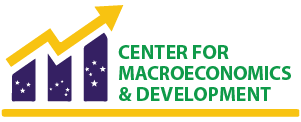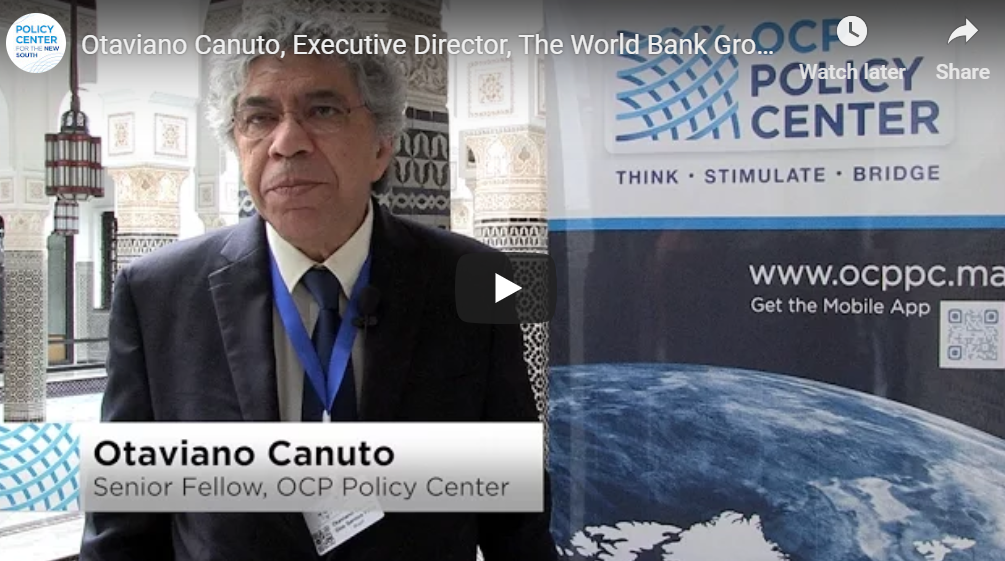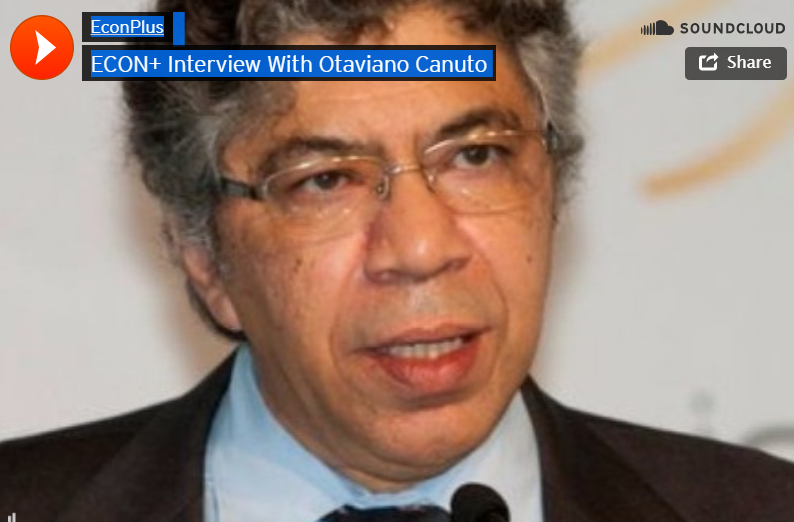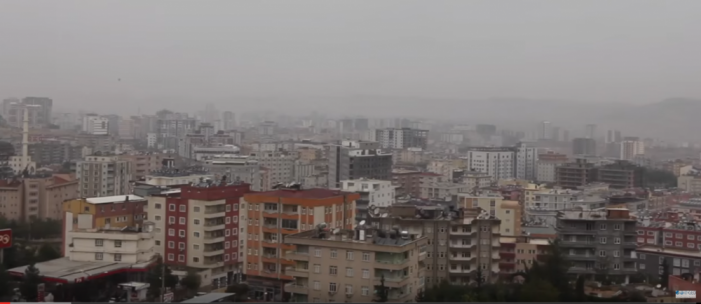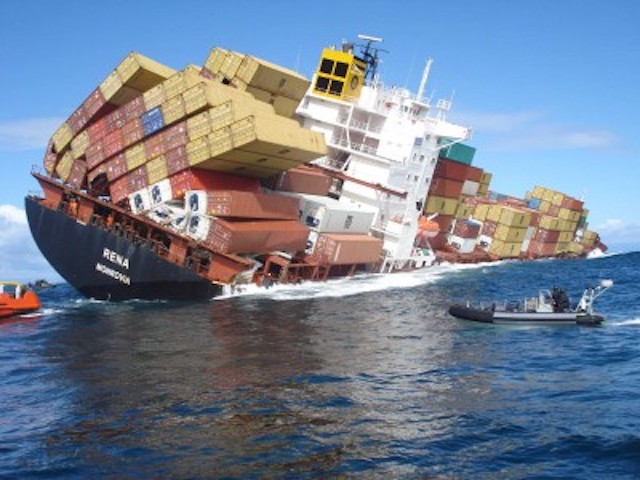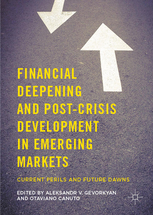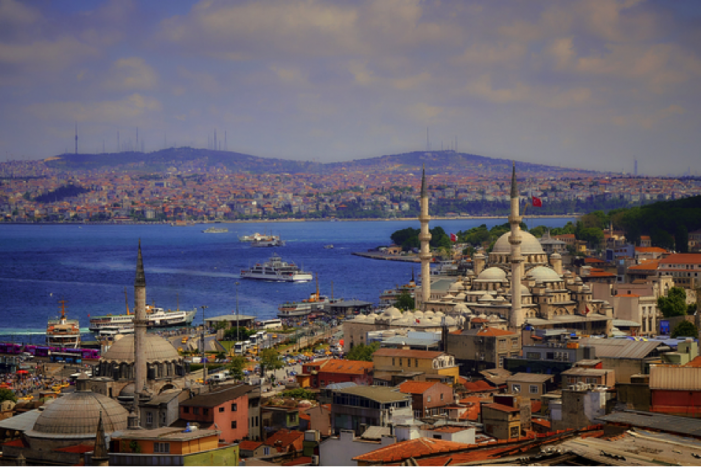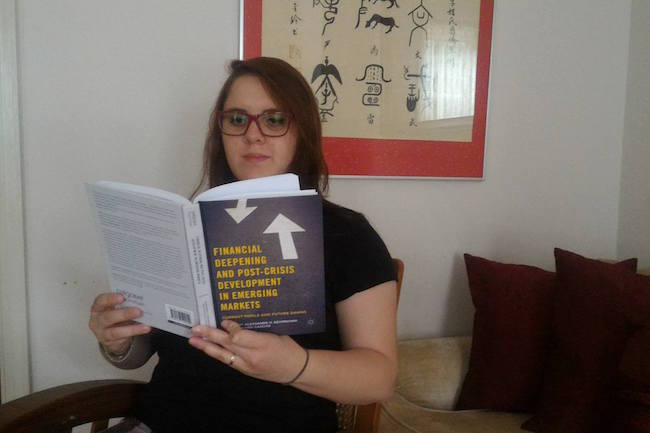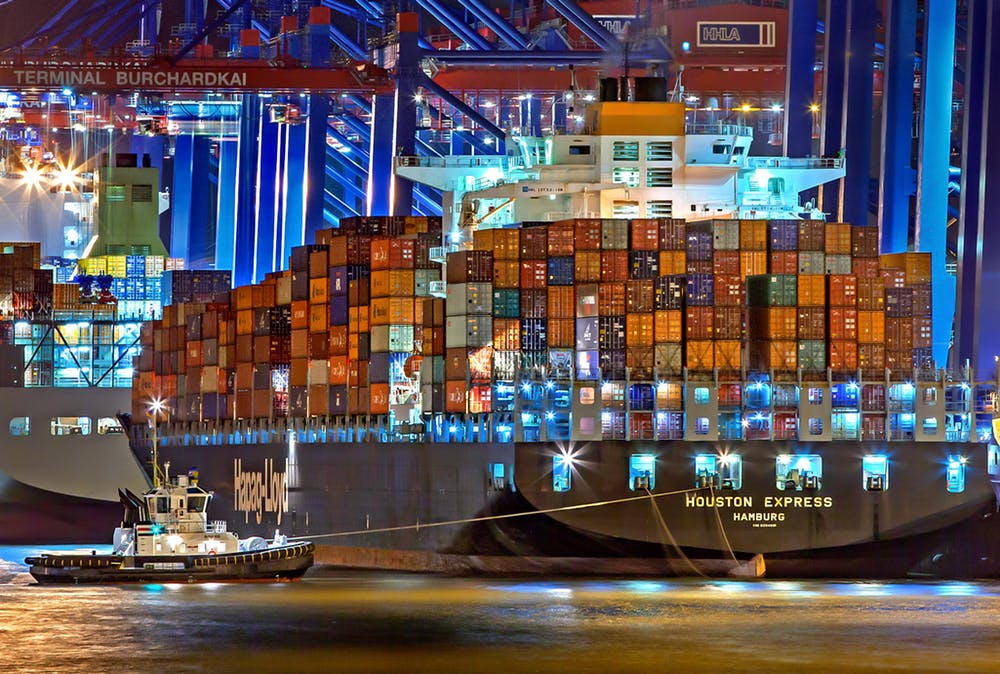Interactions between access to finance, product innovation, and labor supply are studied in a two-period overlapping generations model with an endogenous skill distribution and financial market imperfections. In the model lack of access to finance (induced by high monitoring costs) has an adverse effect on innovation activity not only directly but also indirectly, because too few individuals may choose to invest in skills. If monitoring costs fall with the number of successful projects, multiple steady states may emerge, one of which defined as a middle-income trap, characterized by low wages in the design sector, a low share of the labor force engaged in innovation activity, and low growth. A sufficiently ambitious policy aimed at alleviating constraints on access to finance by innovators may allow a country to move away from such a trap by promoting the production of ideas and improving incentives to invest in skills.
